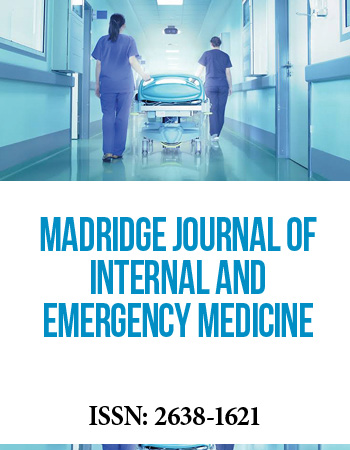International Translational and Regenerative Medicine Conference
April 25-27, 2018 | Rome, Italy
Isolated Mitochondrial-Transfer into Cells: Mechanism(s) and Therapeutic Potential
1Department of Biochemistry and Molecular Biology, Institute for Medical Research Israel-Canada (IMRIC), Hebrew University of Jerusalem, Israel
2Departmentof Pharmacology, Hebrew University, Israel
3The Agnes Ginges Center for Human Neurogenetics, Hadassah Hebrew University Medical Center, Israel
Mitochondrial transfer of isolated mitochondria into host cells was reported over 30 years ago, and has been well established since then. However, while mitochondrial transferʼs beneficial effects are clear, the process itself is still vague. Our attempts to characterize mitochondrial transfer into cells showed that isolated human mitochondria can be transferred into many cell types and that mitochondrial transfer to mitochondria-defected cells results in beneficial outcomes for the cells. The exogenous transformed mitochondria co-localize with endogenous mitochondria. Heparan sulfated polysaccharide molecules are crucial for this process. In addition, the outer membrane and outer membrane proteins integrity are essential for the process. Pharmacological inhibition of macropinocytosis, but not of clathrin-mediated endocytosis, impeded the transfer. Transmission electron microscopy analysis of mitochondrial transfer revealed that the isolated mitochondria interact directly with cells, which engulf the mitochondria with cellular extensions. This suggests the involvement of macropinocytosis or macropinocytosis-like mechanisms in mitochondrial transfer, in line with our pharmacological inhibition tests. The simplicity by which mitochondria can enter cells in vitro, led us to evaluate mitochondrial transfer in vivo, in a mouse model of close head injury (CHI), a type of traumatic brain injury following both motoric and cognitive abilities, as well as in an Amyloid beta (Aβ) ICV injected mouse model for Alzheimerʼs disease. In both in vivo models, mitochondrial transfer was found to have a therapeutic effect.
Biography:
Dr. Haya Lorberboum-Galski is a Full Professor at the Department of Biochemistry and Molecular Biology, Faculty of Medicine, Hebrew University of Jerusalem. After receiving her Ph.D. in Biochemistry from the Hebrew University, she became a postdoctoral fellow at the Laboratory of Molecular Biology, NCI, and NIH, USA. Her main research area is Developing reagents for Targeted Human Therapy with the lately focus of mitochondrial genetic diseases. She published over 65 publications in peer-reviewed journals, review articles, edited a book on chimeric proteins and holds several patents. She served as the Head of the Department, Head of the Program for Biochemistry at the Faculty and many other committees. For the last five years she is the Chairman of the Institute for Medical Research (IMRIC) at the Faculty of Medicine, Hebrew University.


